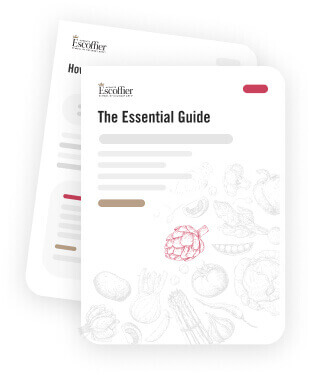Listen to This Article:
You’re checking out at the grocery store, and with each beep of the barcode scanner, you see it: the total climbing higher and higher. BEEP. Your anxiety increases. BEEP. Despair kicks in. Will you need to slash your food budget, potentially taking the joy out of cooking and eating deliciously? Maybe not…
Though food costs more today than it did a few years ago, with some creativity, strategy, and key tips, you can still enjoy delicious and even gourmet meals while still meeting your food budget. In this article, we’ll share our favorite chef-approved ways to make the most of your food budget while still enjoying amazing menus.
Planning to Save: Initial Strategies for Thrifty Grocery Shopping
Imagine the likely outcome of heading to the grocery store with no list and an empty stomach. We’ve all been there. You’re likely to come home with a random assortment of foods that sound good to your hungry belly but may not amount to much when it’s time to start cooking.
When it comes to stretching your food budget while shopping, Auguste Escoffier School of Culinary Arts Chef Instructor Colette Christian suggests “thinking like a chef.” Restaurants famously have narrow profit margins, so getting the most out of your food spend is essential for having a successful restaurant. It also matters for your household budget bottom line.
Create a Budget
Food planning starts with creating a budget. Consider how much you want to spend or how much you’re able to spend to feed yourself and your family for a week. If your budget is on the low side, you’ll have to make more strategic decisions about where you shop and what kinds of menus you’ll plan than if you have more to work with.
For example, serving filet mignon every night might not be an option on your budget, but it could be an option for one night if you’re able to get good prices on side dish ingredients.
Meal Planning
How many times have you bought ingredients for a dish without a specific quantity noted, and ended up with twice the amount you needed? Extra ingredients, especially perishable items, lead to wasted food and money. Or what about wanting to make a recipe, but finding that you don’t have a key ingredient on hand?
With your budget in mind, creating a specific menu or meal plan allows you to make the most efficient use of your food budget by making strategic money-saving decisions. A detailed menu plan and shopping list help you know exactly what you need, buy the right quantities, and be efficient with not only your money but your time as well.
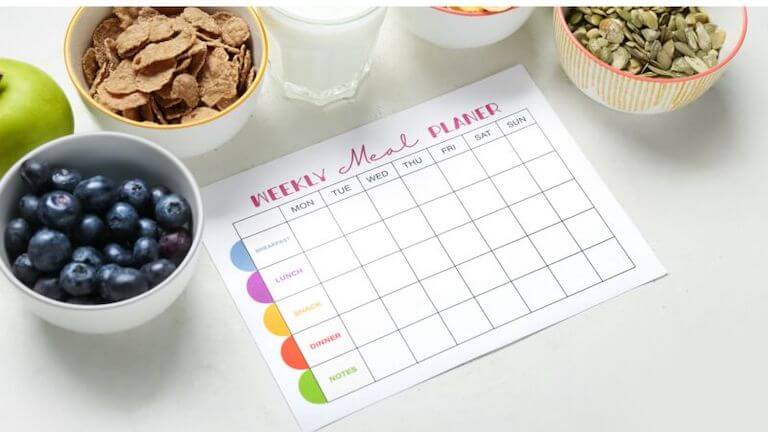
A detailed meal plan helps you plan a specific grocery list.
With a little practice, meal planning is easy and even fun. A simple way to try it out is to start just with dinners. Sit down with your cookbooks and map out what you’d like to make each night of the week and how many people you need to feed at each meal. Be sure to consider recipes that will still taste good after a few days in the fridge, like pasta or casseroles.
With this menu in hand, you’re ready for the next phase of meal planning: making your grocery list.
Making a Grocery List That Saves You Money at the Grocery Store
A specific grocery list helps you buy just the right amount of ingredients to execute your menu and avoid waste. A truly efficient grocery list is a joy to behold and is organized logically to save you time while you shop. Try this suggested method.
How to Make a Grocery List Like a Chef
- Create a shopping list with categories. Options include Bulk Section, Produce or Farmers’ Market, Dairy Products, Meat Counter or Butcher, Baking Supplies, Bakery, Alcohol, etc. Optional: Use a list app (see below).
- If you have to visit several stores to access certain ingredients—for example, the grocery store, Costco, and the kitchen supply store—separate those stores out into separate list sections, too.
- Using your planned menu and recipes, create your list by adding needed ingredients to your categories. Use specific quantities.
- Cross-check your list with your pantry and fridge to make sure you won’t buy things you already have.
- Get shopping!
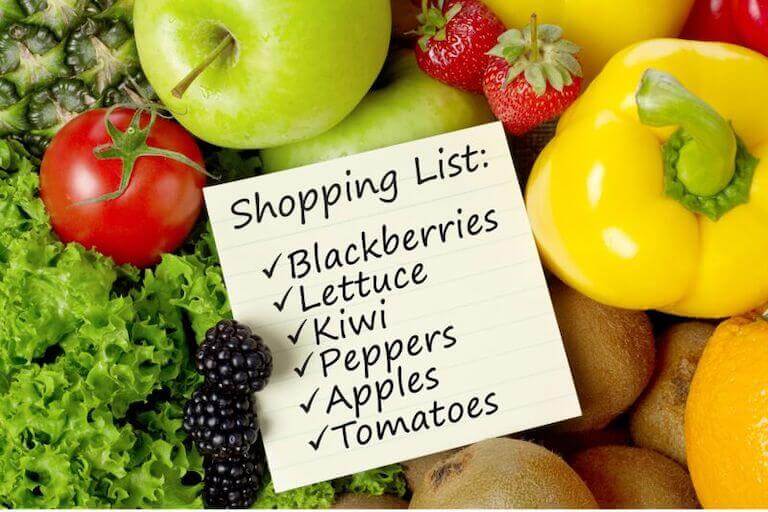
A detailed grocery list helps you buy just what you need and minimize waste.
Apps and Tools to Help You Make Money-Saving Grocery Lists
Some people like making lists with paper and pencil, and there’s nothing wrong with this time-tested method. But if you like to use technology to help manage your lists, there are many options.
The Notes app on iPhones or Google Keep on Android phones are simple list apps for creating shopping lists. If you need to collaborate on lists, your notes can be shared with friends or family members.
A variety of grocery list apps, like AnyList or List Ease, can help you automatically organize your grocery lists by category and can also be shared with your menu collaborators.
Planning to Shop Sales and Discounts to Save Money at the Grocery Store
One of the simplest ways to get a good deal on your ingredients is to shop sales. Pay attention to your grocery store’s weekly or monthly discounts and plan your shopping around those. Also, note if they have regular coupon mailers and plan to use them. Another option for finding coupons is your smartphone. Escoffier Chef Instructor Colette Christian suggests that “many grocery store chains have apps with digital coupons which can add more savings.”
If your regular store has a loyalty or rewards program, sign up and find out what specific benefits they offer so you can take advantage of them. If they offer a cash-back option, use it when you need to buy expensive ingredients.
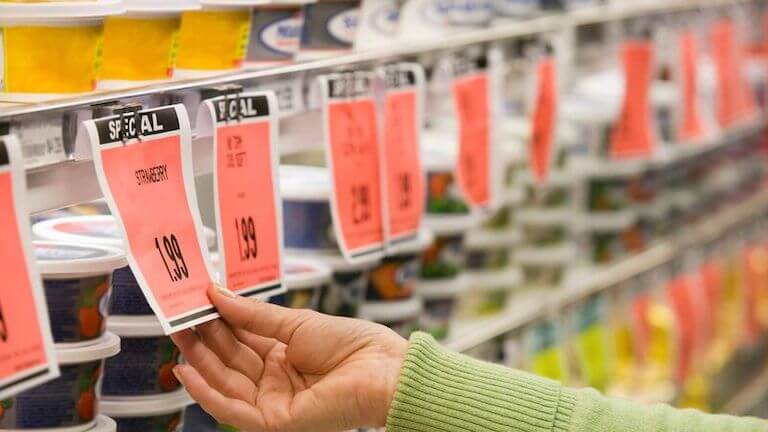
Learning your grocery store’s regular sale schedule can help you stock up on more expensive items when they are on sale.
In-Store Strategies to Maximize Potential Savings
Cutting down on your costs at the checkout aisle doesn’t have to mean skimping on quality. With some simple strategies, you can have your cake and eat it too. Let’s talk about some of the ways to get good deals on ingredients so you can make fancy meals without a luxury price tag.
Choosing Generic Brands
Name-brand products aren’t always necessary to get a high-quality result. Generic brand products are often very similar in flavor and appearance but are less expensive.
Some of the best ingredients to buy generic include canned beans, frozen fruits and vegetables, milk, and yogurt. Chances are these products are more or less the same as their brand name counterparts but cost 30% to 50% less.
For example, generic, store-brand milk is usually the same milk packaged and sold by name-brand companies. For example, in northern California at the time of this writing, Clover brand milk is listed at $8.49 per gallon at Safeway, but Safeway’s generic Lucerne brand milk is listed at $5.99 per gallon. That’s a 29% price difference!
If you’re worried a generic substitution might not work, buy a little and do a taste test comparison. If you find they are comparable, you can feel confident that a generic product will work great and save you some money.
Easy sources for generic brands are discount grocery stores like Market Basket or Grocery Outlet. These types of stores may also carry brand-name products for significantly less than other nationwide grocery chains, including organic and health-food brands. Restaurant supply stores may also carry generic products at discounted prices.
Bulk Buying
Another great way to save money at the grocery store is to buy in bulk, especially for non-perishable ingredients that you know you’ll use eventually. This may include items like rice, dry beans, pasta, nuts, flour, dried fruit, crackers, and condiments like ketchup, mayonnaise, or mustard.
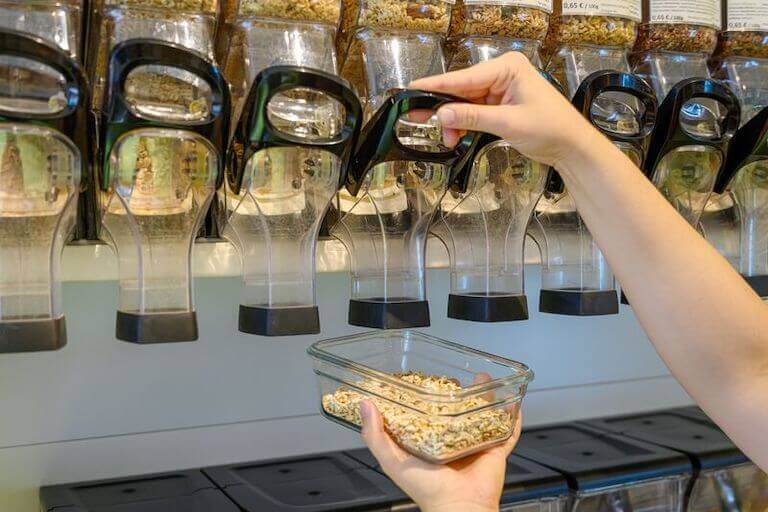
Buying ingredients, like oats, flour, or dried fruit, in bulk can save you money.
Shopping at membership clubs like Costco or Sam’s Club or at restaurant supply houses can be a way to buy in bulk while banking significant savings.
You can also buy meat, fish, and poultry at very reasonable prices at these types of stores. And keep in mind that when it comes to meat, the choicest cuts, like beef filet, can be quite expensive. Unless it’s crucial for the texture, presentation, or outcome of the dish, you can choose less expensive cuts of meat for a similar, but cheaper cost. For example, skinless boneless chicken thighs are cheaper than breasts and may work just as well for a stir fry.
Just make sure that you can safely store your bulk purchases so they don’t go bad before you use them. For example, once their bags are opened, grains and nuts can go rancid if they aren’t stored in an airtight container and meat that won’t be used right away should be frozen until needed.
As an added tip, Escoffier Chef Instructor Colette Christian suggests to “[keep] your refrigerator and pantry organized so that you know what you have and ingredients don’t get buried or lost. This limits food waste, which is something that chefs avoid at all costs.”
Seasonal and Local Produce and Animal Products
When it comes to fresh products like fruits, vegetables, eggs, meat, and milk, nothing compares to the quality of locally grown, in-season products.
Sometimes, buying these types of products from a grocery store is a much worse deal than buying directly from producers. The easiest way to source these types of ingredients at a good price is to visit your local farmers’ markets. Shop around the market and compare prices. Some farmers may even be willing to sell to you directly from the farm at an even better price.

Farmer’s markets are a great way to shop for in-season, high-quality produce at a good price.
Shopping with this farm-to-table mentality not only saves you money, but it’s better for the environment too. If you don’t have access to farmer’s markets, in-season products at the grocery store are generally the most affordable because extra energy wasn’t invested to get them to market. For example, apples are harvested in the fall in the US. The price of local, US-grown apples in the fall and winter will usually be less than the apples for sale in the spring and summer, which are often imported from South America. Look for signs in your grocery store that say “locally grown.”
And if you happen to live near the ocean, a large lake, or bay, you can buy seafood and fish directly from fisherpeople when they return to port with their catch. Look for signs near your local marina advertising fresh crab or fish.
Ways to Double Your Grocery Store Savings
Now that you’ve brought all your well-priced ingredients home, it’s time to put them to work feeding you and your family. There are a few additional ways you can make the most of your grocery store savings to save even more money.
Batch Cooking and Freezing
Batch cooking doesn’t always save you money on ingredients, but it saves you time. If you use the maxim of “Cook once, eat twice,” you can put in a similar amount of cooking time for twice the prepared food. Then you buy yourself an hour or two of time in the future you can use for other purposes.
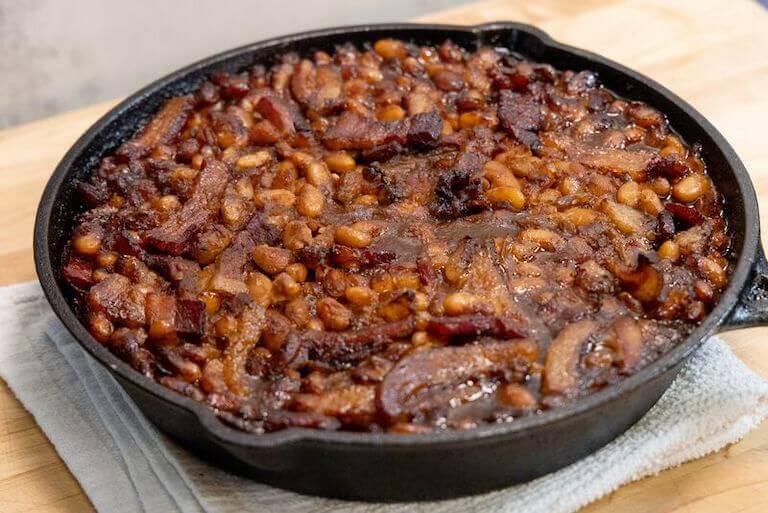
Batch cooking—or cooking more than you’ll use in one session—can help you save time and therefore money.
One way that batch cooking can save you money on ingredients is if you use in-season ingredients for use later in the year when prices would be prohibitive. For example, basil is always expensive, but more so in the winter when it’s being imported from far away or grown in a heated greenhouse. Making pesto in batches during the summer when basil is abundant and cheaper is a way to have delicious pesto even when basil is a distant summer memory.
Batch cooking works best for dishes that freeze well, like lasagne, soups, roasted meat, and casseroles.
Do It Yourself
If you have the time and space, a few DIY projects can help you save at the store. For example, fresh-cut herbs are quite expensive on the shelf, and they don’t keep very well either. So why not grow a little window or porch herb garden, or even a summer garden for vegetables, if you have space.
Another cost-effective DIY kitchen project is making your own meat or vegetable stock. It’s easy, cheap, and much less expensive than buying premade broth at the store. It also usually tastes better than commercial stocks, too. Making homemade stock is also a great way to get more mileage out of ingredients you bought for other dishes. Just save your vegetable trimmings or meat bones in your freezer until you’re ready to make stock.
Using Leftovers Creatively
Though you made a detailed list with specific quantities, sometimes you end up with more than you intended. Or all your dinner guests decided not to show up, and you have too much food prepared. What now?
Creatively repurposing leftovers helps you turn a potentially wasted item into something delicious. Escoffier Chef Instructor Colette Christian remarked that “brunch was created to clean out the walk-in. A good chef is creative with leftovers.” For example, extra-cooked rice can be turned into fried rice or rice pudding. Extra beans can be saved for refried beans or a future bean soup. Vegetable trimmings can be saved to use in stock. Diligent use of this technique adds up over time, saving you money at the grocery store.
Food Storage Tips to Minimize Waste
Once you’ve spent your hard-earned money on ingredients, it’s essential that you keep them in good shape until you are ready to use them. Be sure to store produce and meat properly so they don’t go bad before you’re ready for them.
- Store tender vegetables like lettuce, cilantro, or spinach in the proper storage drawer in your refrigerator, and take care not to crush them. You can use glass or plastic storage containers to prevent damage.
- Store foods that ripen quickly, like avocados and bananas, in the refrigerator.
- Wash and dry bundled vegetables, like cilantro, spinach, or head lettuce, before storing to prevent quick rot.
- Keep grains, dry beans, and spices in airtight containers in a darkened pantry or cupboard.
- Refrigerate leftovers promptly to minimize spoilage and maintain food safety.
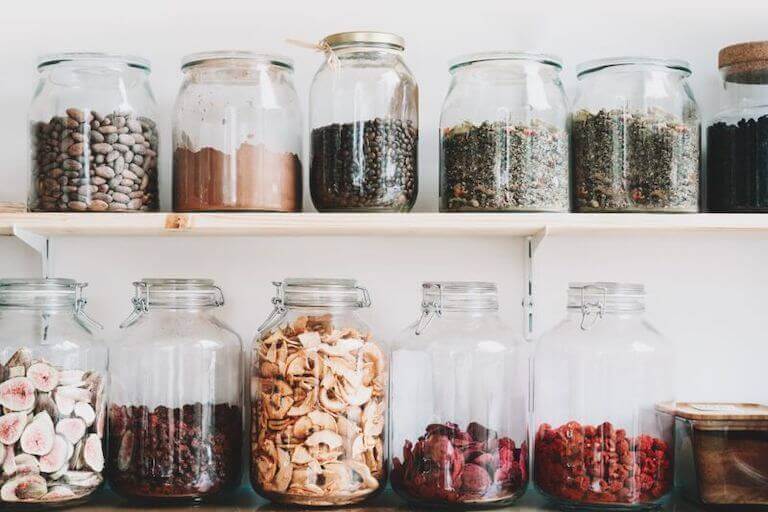
Storing your groceries properly once you bring them home prevents wasted food and money.
Learn How to Think and Cook Like A Chef
Do you dream of becoming a chef who is an expert in the kitchen? Auguste Escoffier School of Culinary Arts can help you find your way.
With courses on food economics, menu pricing, and nose-to-tail eating, our Culinary Arts degree and diploma programs can train you in the important skills you need to become a competent and cost-conscious chef. Even more importantly, having a comprehensive culinary education can help you learn tricks of the trade to stretch ingredients and save money.
Reach out to learn more about what your culinary arts education could look like, and how you can learn to shop and cook like a chef.
